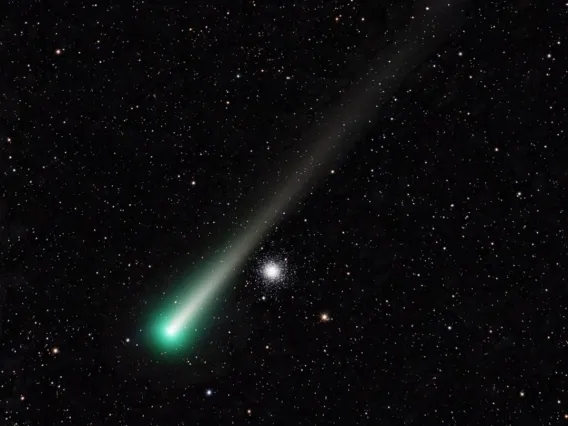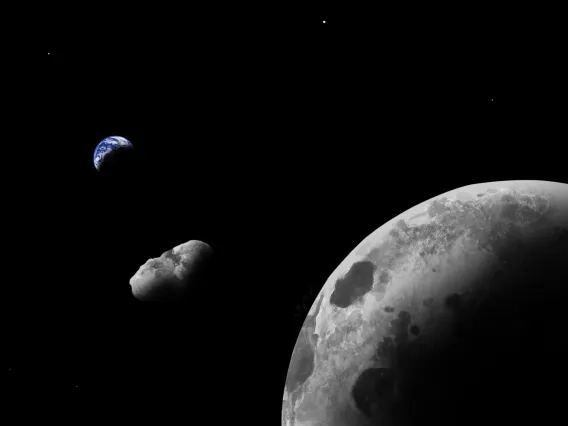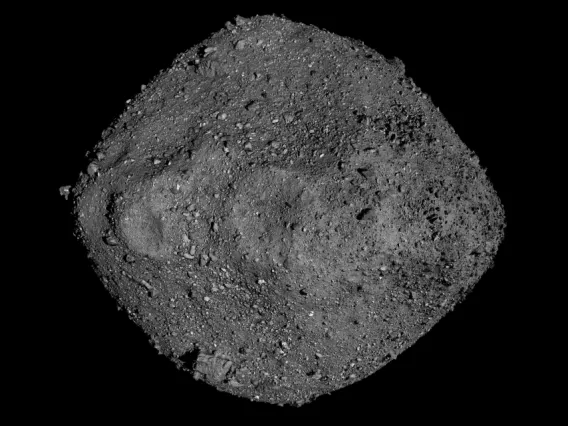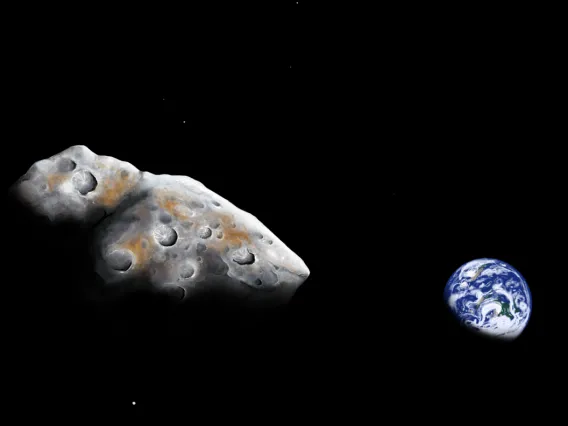LPL Spotlight Stories

Here's How to See Comet Leonard, According to the UArizona Researcher Who Discovered It
The brightest comet of the year, named "Leonard" after the UArizona researcher who discovered it, is paying one last visit to Earth's neighborhood this month, before leaving the solar system forever.

Near-Earth Asteroid Might be a Lost Fragment of the Moon
A team of UArizona-led researchers think that the near-Earth asteroid Kamo`oalewa might actually be a miniature moon.
UArizona Ranked in Top 10 for Space Science on Latest US News Best Global Universities List
The University of Arizona has once again been recognized as one of the world's top 100 research institutions by U.S. News & World Report.

Highly Porous Rocks Responsible for Bennu's Surprisingly Craggy Surface
Using data from NASA OSIRIS-REx mission, a University of Arizona-led team of scientists concluded that asteroids with highly porous rocks, such as Bennu, should lack fine-grained material on their surfaces.

'Mini Psyches' Give Insights into Mysterious Metal-Rich Near-Earth Asteroids
New research into metal-rich asteroids reveals information about the origins and compositions of these rare bodies that could one day be mined.

Earth and Venus Grew up as Rambunctious Planets
What doesn't stick comes around: Using machine learning and simulations of giant impacts, researchers at the Lunar and Planetary Laboratory found that the planets residing in the inner solar systems were likely born from repeated hit-and-run collisions, challenging conventional models of planet formation.

OSIRIS-REx Improves Understanding of Potentially Hazardous Asteroids
NASA and UArizona scientists were able to significantly reduce uncertainties about asteroid Bennu's orbit and determine the likelihood of the asteroid impacting Earth between now and the year 2300.

Mars Lake Hypothesis on Ice After Study Offers Different Explanation
Scientists have long debated what's under the surface of Mars' south pole. A new study points to clays being more likely than a subsurface lake.

Researchers Trace Dust Grain's Journey Through Newborn Solar System
Combining atomic-scale sample analysis and models simulating likely conditions in the nascent solar system, a new study reveals clues about the origin of crystals that formed more than 4.5 billion years ago.
Asteroid 16 Psyche Might Not Be What Scientists Expected
New UArizona research finds that the target asteroid of NASA's Psyche mission may not be as metallic or dense as previously predicted.
Pagination
- First page
- …
- 9
- 10
- 11
- …
- Last page

